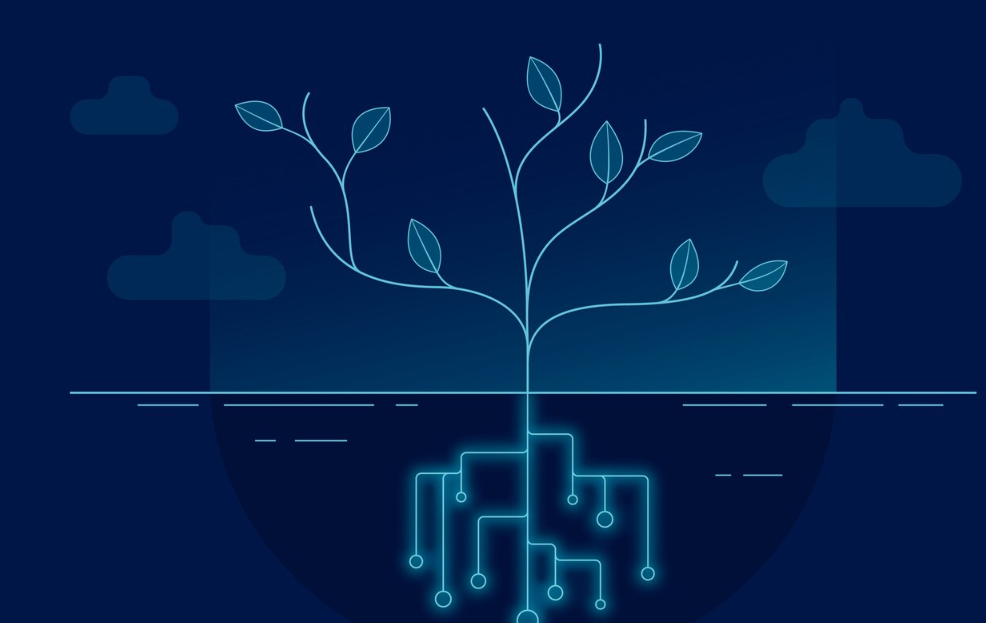In the layers of digital history, buried beneath decades of updates and innovation, lie forgotten fragments of software—fossilized code. These remnants of obsolete languages, outdated systems, and long-abandoned protocols tell a story of how far we’ve come and what we’ve left behind. Welcome to the fascinating world of digital archaeology.
What Is Fossilized Code?
Fossilized code refers to pieces of software that are no longer actively used or maintained but still exist in systems, repositories, or even inside newer codebases. Sometimes it’s a deprecated function, a commented-out section from 1999, or a quirky workaround left behind by a developer who’s long gone. Other times, it’s entire software systems running on emulators to preserve their historical context.
Unlike fossils in the natural world, these code artifacts are not made of stone—they’re made of syntax, logic, and design decisions frozen in time.
The Rise of Digital Archaeology
Digital archaeology is the practice of uncovering, analyzing, and preserving old software, hardware, and digital artifacts. It’s about understanding the evolution of technology through its digital remains.
Whether it’s reverse-engineering floppy disk software, restoring forgotten video games, or exploring legacy systems still operating in government databases, digital archaeologists treat code as cultural heritage.
Why Old Code Still Matters
1. Legacy Systems Still Run the World
Banks, hospitals, and airlines often rely on decades-old systems written in COBOL, FORTRAN, or other aging languages. Understanding this code is essential for maintenance, upgrades, or secure migrations.
2. Security and Vulnerability
Old code may contain unknown or poorly documented vulnerabilities. Studying fossilized code helps cybersecurity experts trace exploits and patch holes that modern tools might overlook.
3. Cultural and Historical Significance
Just like ancient manuscripts, early digital games, apps, or websites reflect the design philosophies, constraints, and creativity of their time. Preserving them helps us understand how human-computer interaction has evolved.
4. Educational Value
Old code often shows elegant solutions to problems that modern developers might never encounter. It teaches resourcefulness, especially from an era where memory and processing power were precious.
Tools of the Digital Archaeologist
- Emulators: Tools like DOSBox or ScummVM bring dead software back to life.
- Version Control Time Machines: Browsing old Git or SVN commits lets developers trace code evolution.
- Code Decompilers: Reverse-engineering binaries to study lost source code.
- Archive Projects: Initiatives like the Internet Archive or Software Heritage preserve and index old software and source code.
Famous Examples of Fossilized Code
- Apollo Guidance Computer (AGC): The code that took humans to the moon was written in Assembly and can now be studied on GitHub.
- DOOM (1993): The game’s source code has been re-released and ported to nearly every platform imaginable.
- Winamp Skins and Flash Games: These artifacts capture a specific era of internet culture, now preserved through projects like Flashpoint.
Challenges in Digital Excavation
- Bit Rot: Data degradation over time can make files unreadable.
- Proprietary Formats: Some software is locked behind outdated or closed formats.
- Legal Barriers: Copyright and licensing laws can prevent preservation and study of older software.
Designing for the Future of the Past
As we build today’s software, we inevitably leave behind traces for future digital archaeologists. The question is: what kind of legacy are we leaving?
- Are our tools and formats open enough to be understood years from now?
- Do we document our code with care?
- Will someone, someday, try to resurrect what we built?
Conclusion
Fossilized code is more than outdated logic—it’s a digital time capsule, preserving how we once thought, created, and solved problems. Digital archaeology bridges past and present, offering insights that are technical, historical, and even philosophical. In studying the code of yesterday, we better understand the systems of today—and can build more thoughtfully for tomorrow.


